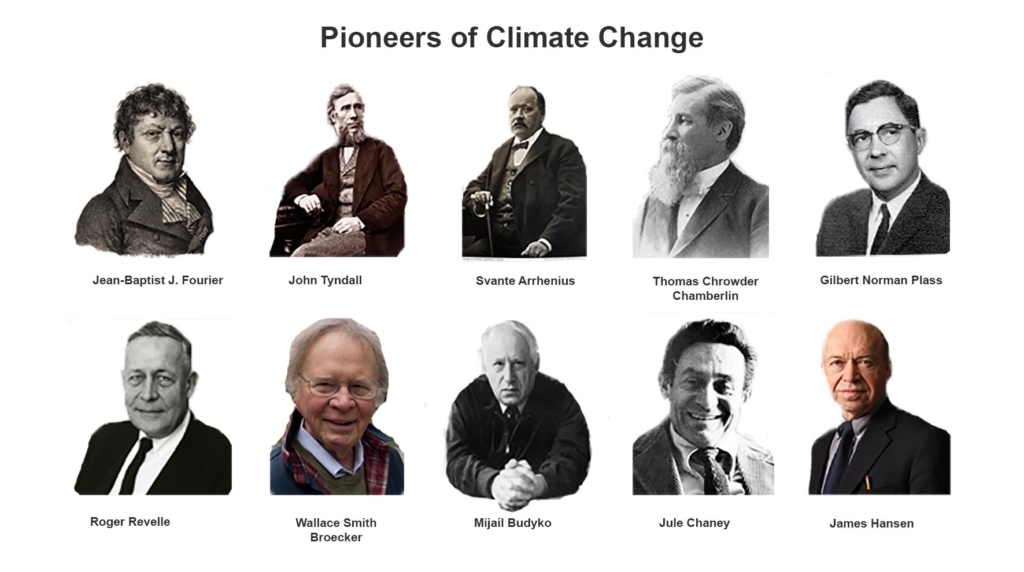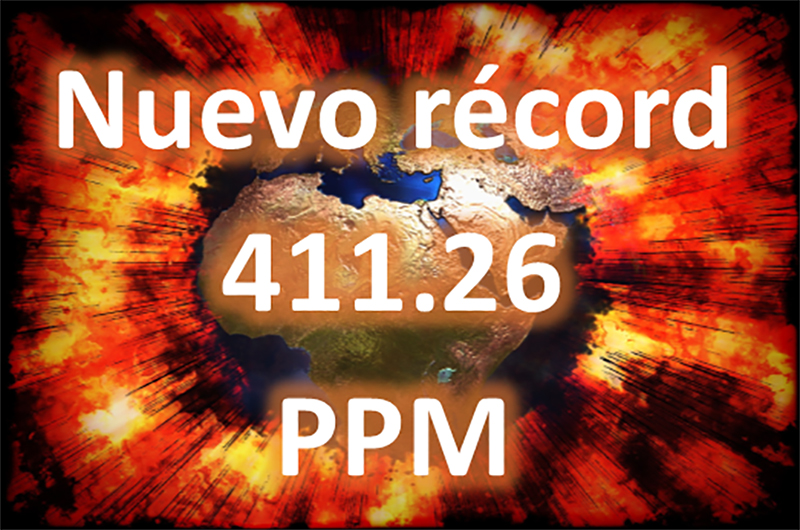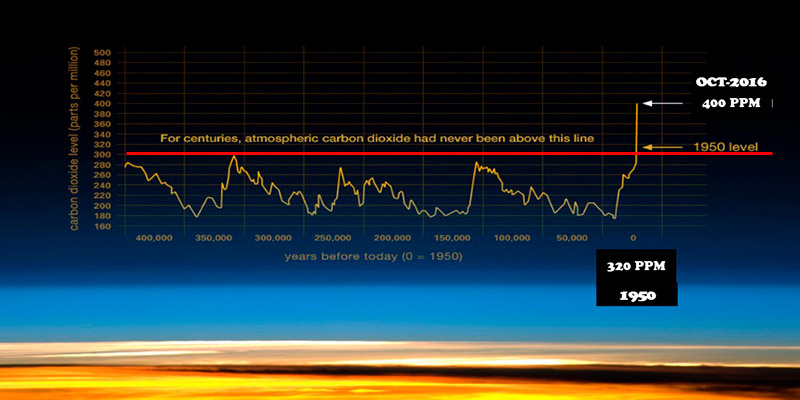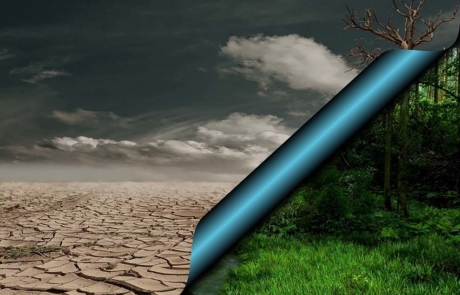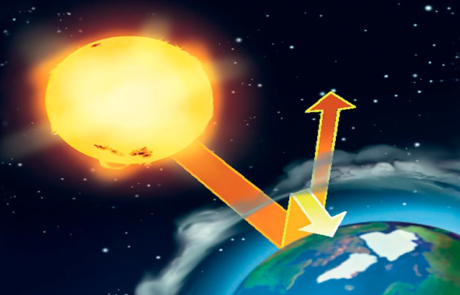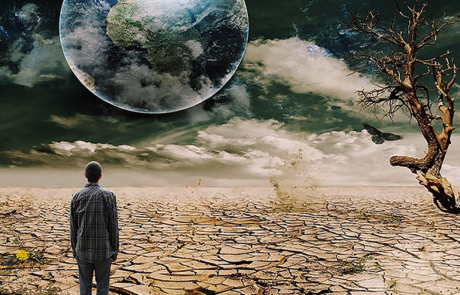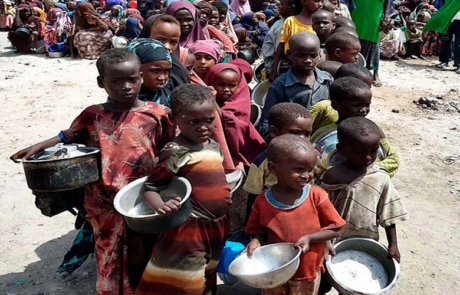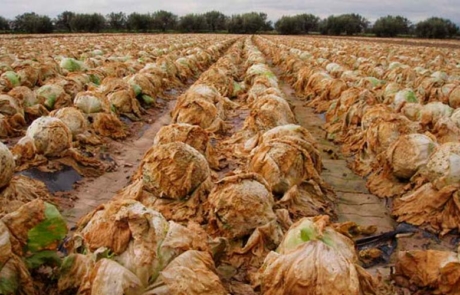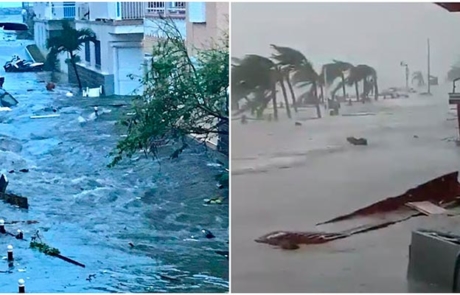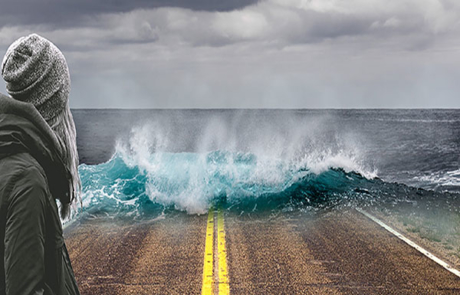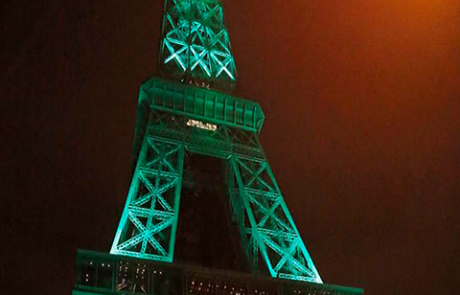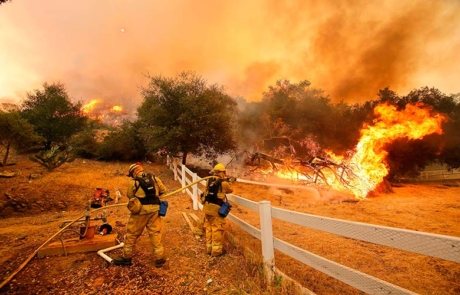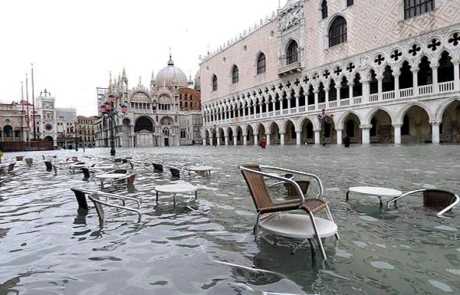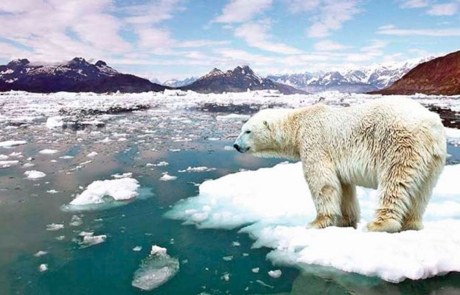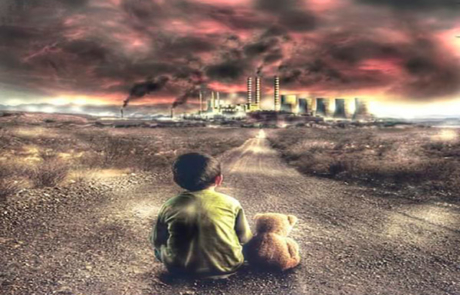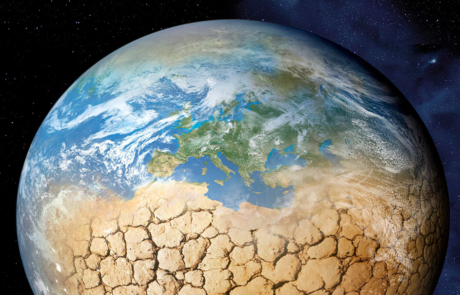FAQs about Climate Change
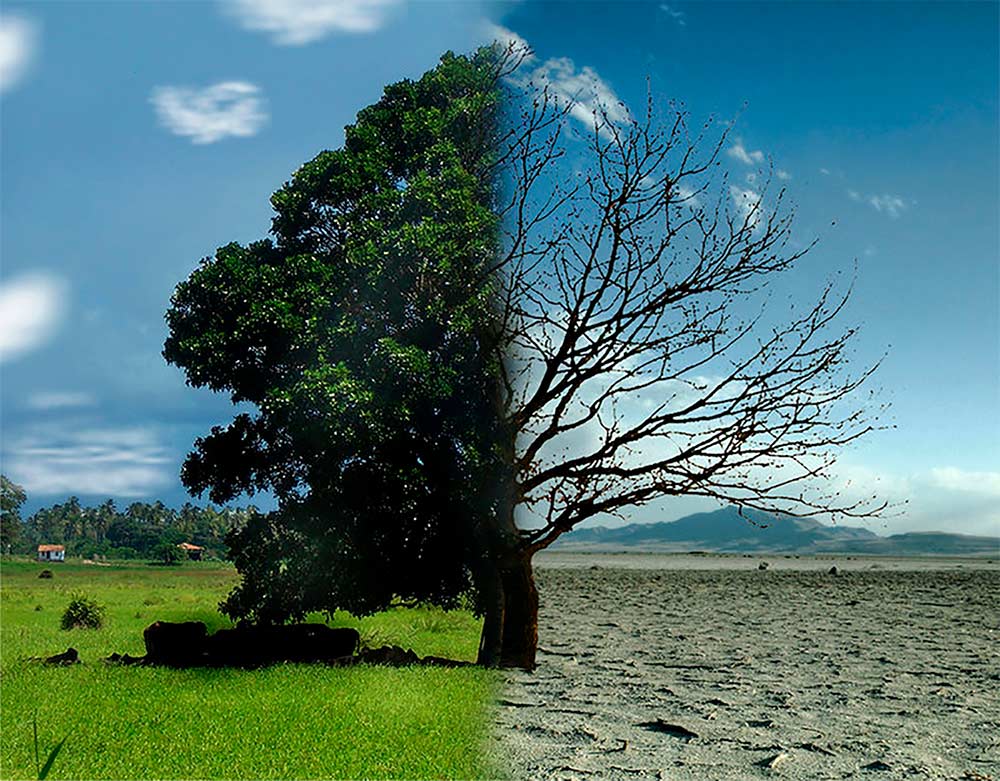
7. Is permafrost a climatic weather bomb due to global warming?
Permafrost is called to soil and subsoil frozen for long periods, lacking ice or snow often. Its thickness varies from a few meters to several hundred meters, depending on the climate of the place. A permafrost soil, due to the poverty of its nutrients, has a vegetation of very little diversity. These cold deserts, with very low humidity and rainfall, occupy huge territories such as the tundra, one of the coldest biomes on the planet, which has been described as a plain without trees. Permafrost is found mainly in Alaska, Canada and Russia, but also in the Nordic countries and the Himalayas.
Permafrost soils have a high organic carbon content. It is about 1700 million tons, as has been estimated, almost twice the total amount of carbon currently in the atmosphere. When the soil remains frozen, the carbon is inert, but when the permafrost is thawed, the decomposition of organic matter through microbial activity increases sharply, with the consequence that large amounts of carbon would eventually be emitted into the atmosphere as CO2 and to a lesser extent as methane. In other words: unlike warmer latitudes, where microorganisms in the soil constantly break down plant matter and send the carbon it contains to the atmosphere, arctic soils have been cold enough to preserve the frozen remains of life ancient vegetable. But as the planet heats up, soil microbes become capable of breaking down more and more carbon, sending it into the atmosphere, and worsening global warming in a turbulent feedback loop.
Other FAQs about Climate Change
1. What is climate change and what is its origin?
2. What are the causes of global warming?
3. What are the consequences of climate change?
4. Are there examples of recent climate changes on Earth?
5. Why and how much will sea level rise in the future?
6. What are glaciers, icefield and Arctic ice and why are they related to climate change?
7. Is permafrost a climatic weather bomb due to global warming?
8. How will climate change affect humans and other species in the future?
9. What is the role of mitigation, adaptation and resilience to climate change?
10. How can we lose the fight against climate change?
11. What would happen if climate change could not be stopped?
12. Why the Amazon rainforest is the lung of the world?
13. Is the Amazon forest in danger of disappearing?
14. Have we reached the Anthropocene?
Other sections of Climate Change
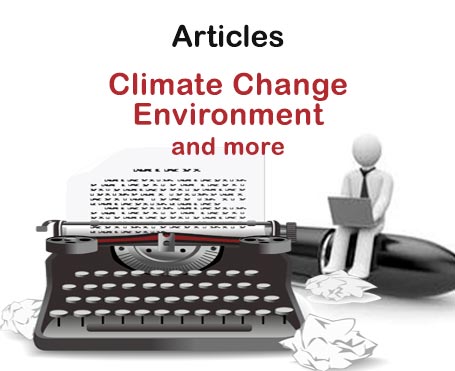
Pioneers of Climate Change
At all times and in all sciences, there have always been visionaries, those people who anticipate situations long before other persons can glimpse them. This is the case of Jean-Baptiste Joseph Fourier (1768-1830), a French mathematician and physicist, who in 1824 calculated that an object the size of the Earth and with a similar distance from the sun, it should be much colder to what our planet is really like. He affirmed that it was maintained with a temperate climate because the atmosphere retains the heat as if it were under glass. Thus, Fourier has the honor of being the first to use the greenhouse analogy…

Climate change, what is it and what are its causes?
Anthropogenic climate change is the variation of climate status attributed to human activity that alters the composition of the atmosphere and has consequences on the entire planet. The main cause of climate change is global warming caused by emissions of greenhouse gases (GHG), of anthropogenic origin, among which CO2 is the most frequent. The sources responsible for these emissions are the burning of fossil fuels such as oil, coal and gas, used mainly in industry and transport.

